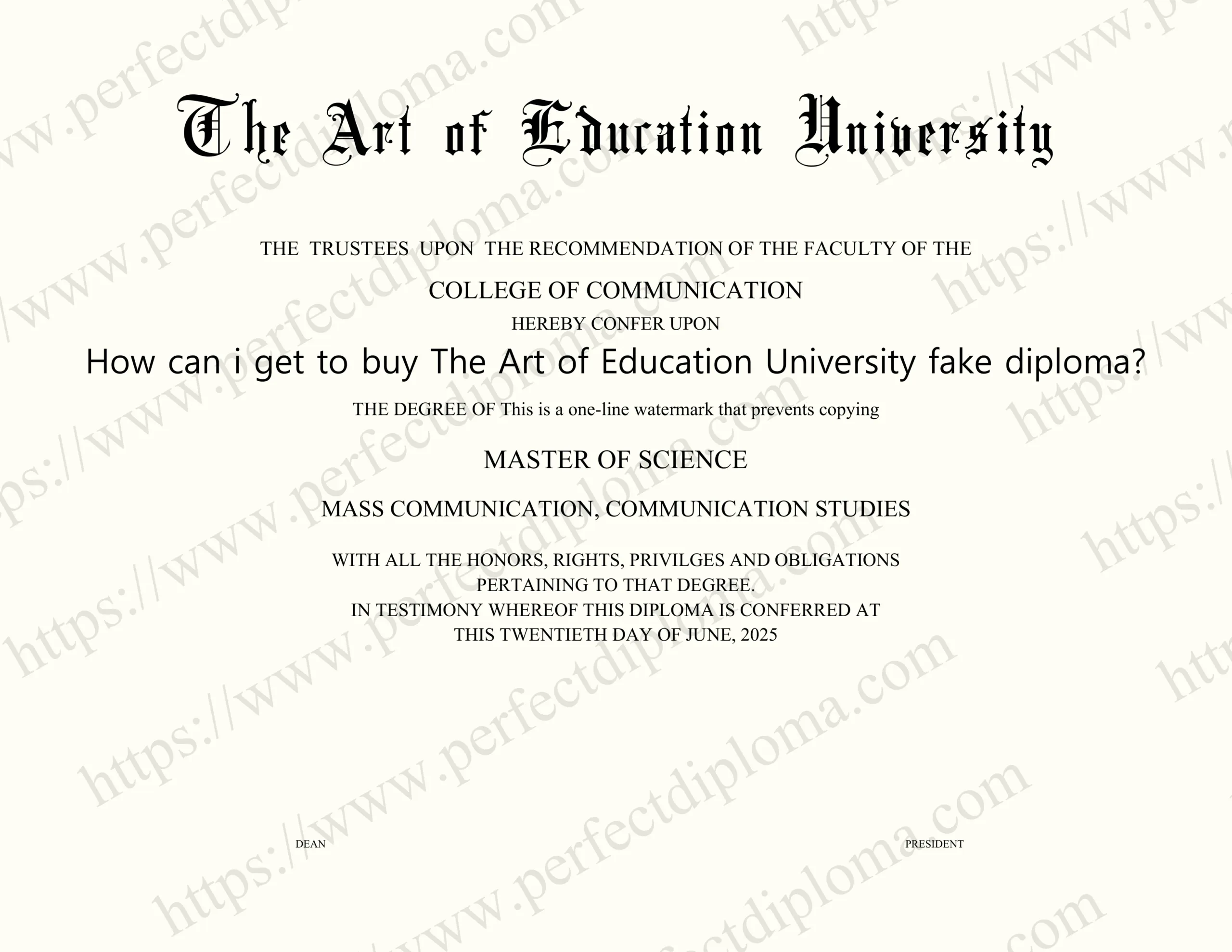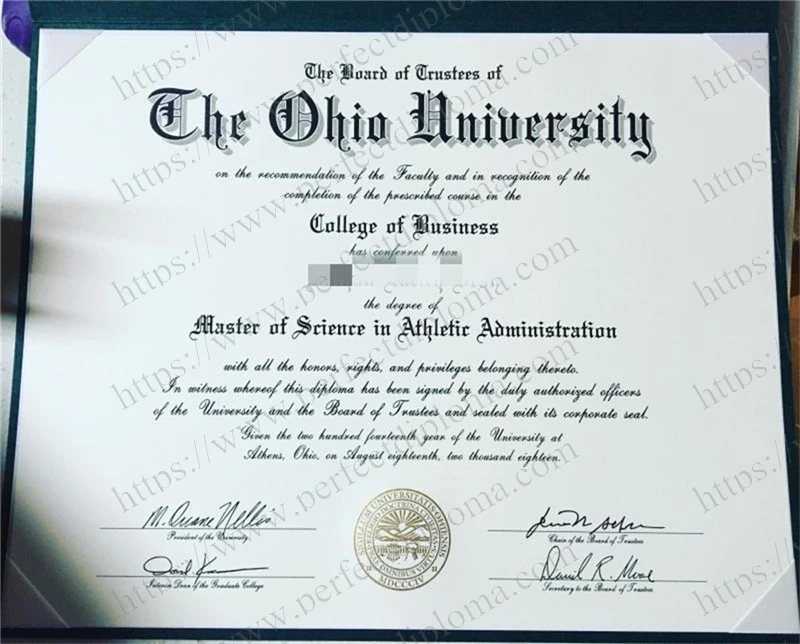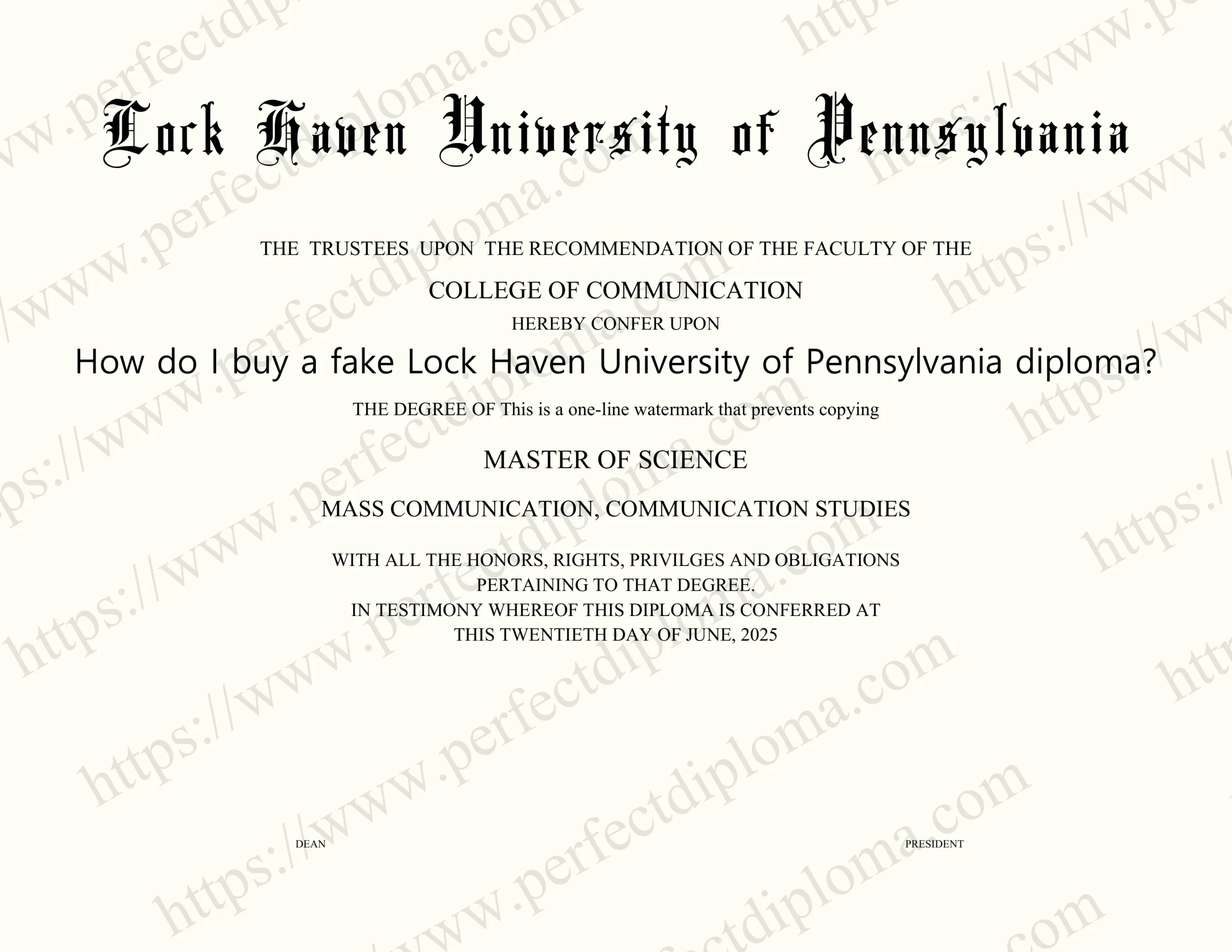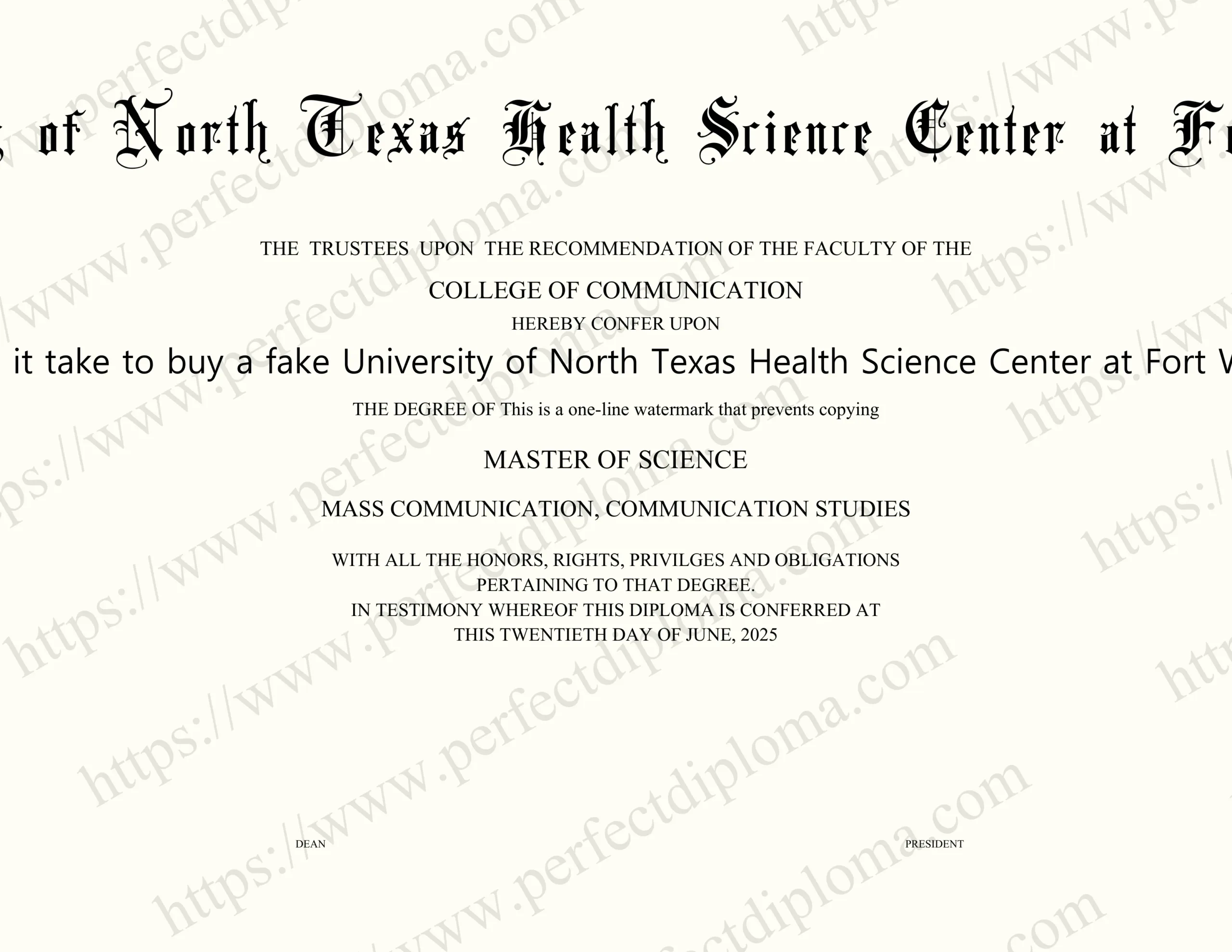
The landscape of higher education in the United States holds a unique and vibrant space for the arts. Beyond the traditional lecture halls and sprawling libraries of research universities, art colleges and universities carve out a different kind of academic territory. These institutions are not merely schools; they are ecosystems, crucibles of creativity where the very definition of learning is transformed. The journey within these walls is one of synthesis, a constant negotiation between the cultivation of technical mastery and the liberation of a unique artistic voice.
At the core of this educational model lies an intense, almost obsessive, focus on the studio. This is the laboratory of the artist. Unlike a science lab with its prescribed experiments, the studio is a realm of controlled chaos. It smells of turpentine and wet clay, resonates with the whir of a potter’s wheel and the tentative notes of a new musical composition. Here, students spend countless hours, not in passive reception of information, but in active, often frustrating, dialogue with their medium. A painter learns the weight and drag of a brush loaded with cadmium red, a sculptor understands the grain of marble through the resistance it offers to a chisel. This is education through the hands, a physical intelligence developed through repetition, failure, and incremental success. It is a demanding process that builds not just skill, but also resilience and patience.
Yet, technical proficiency alone is not the ultimate goal. The most defining feature of an American arts university is the critique, or the crit. This is where the private struggle of the studio becomes public discourse. Students present their work to a group of peers and faculty, and then endure a session of rigorous, often brutally honest, feedback. The work is dissected, its intentions questioned, its successes acknowledged, and its failures laid bare. For the uninitiated, this process can be terrifying. It requires a shedding of ego and a willingness to view one’s own creation as an object separate from oneself. However, this ritual is invaluable. It teaches young artists to articulate their ideas, to defend their choices, and most importantly, to listen. It instills the understanding that art does not exist in a vacuum; it is part of a conversation. This culture of critique fosters a critical mindset that is essential for any artist navigating the complex contemporary art world.
The modern arts university also recognizes that the myth of the solitary genius is largely obsolete. Today’s creative fields are deeply interdisciplinary. A filmmaker must understand narrative structure, visual composition, and sound design. A graphic designer collaborates with writers, marketers, and programmers. To prepare students for this reality, these institutions have evolved into hubs of cross-pollination. A dancer might take a course in digital media to explore interactive performance, a photographer might collaborate with a creative writing student on a visual book project. This environment breaks down the silos between disciplines, encouraging students to think beyond the traditional boundaries of their chosen field. It is in these intersections that new forms of art and design often emerge.
Furthermore, the curriculum increasingly acknowledges that a successful artist must also be a savvy entrepreneur. The romantic image of the starving artist is being replaced by a more pragmatic model. Courses in professional practices, arts administration, and marketing are now staples. Students learn how to write grant proposals, build a professional portfolio, navigate copyright law, and present their work to galleries or clients. This practical education demystifies the business side of a creative career, empowering graduates to build sustainable practices rather than relying solely on inspiration.
The physical and cultural environment of these universities is also a critical component. Often located in or near major cultural centers like New York, Los Angeles, Chicago, or San Francisco, they offer students direct access to museums, galleries, theaters, and a thriving community of working artists. This proximity transforms the city into an extended campus. Classroom learning is supplemented by internships, gallery visits, and lectures from visiting artists who are actively shaping the cultural landscape. This immersion creates a dynamic feedback loop where academic theories are constantly tested against the realities of the professional art world.
Ultimately, the education offered by a USA arts university is a profound and transformative experience. It is less about the transmission of a fixed body of knowledge and more about the facilitation of a personal and artistic evolution. It challenges students to look inward to discover what they have to say, while simultaneously pushing them to look outward to understand the context in which their work will exist. It is a demanding path that requires courage, discipline, and a deep commitment to the creative process. The graduate emerges not just with a diploma, but with a refined skillset, a critical eye, a collaborative spirit, and, most importantly, a stronger, more confident artistic identity, prepared to contribute their unique voice to the ever-evolving tapestry of human expression.
Make degree online, Where can i get to buy The Art of Education University fake certificate?, Can i get to buy The Art of Education University fake diploma, Can I buy a fake The Art of Education University diploma?, Make The Art of Education University certificate, Buy fake degree in USA, Make The Art of Education University degree




